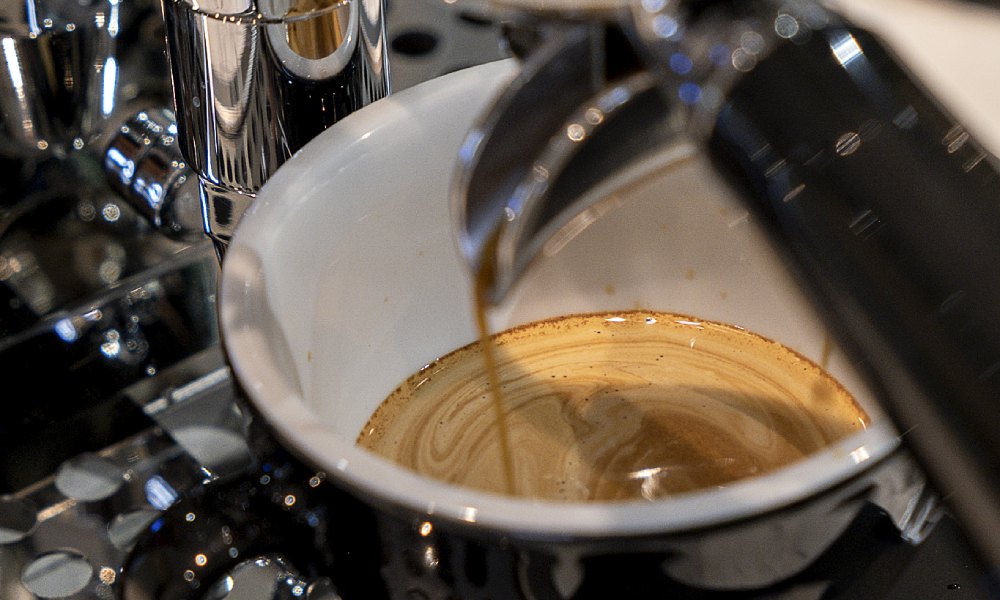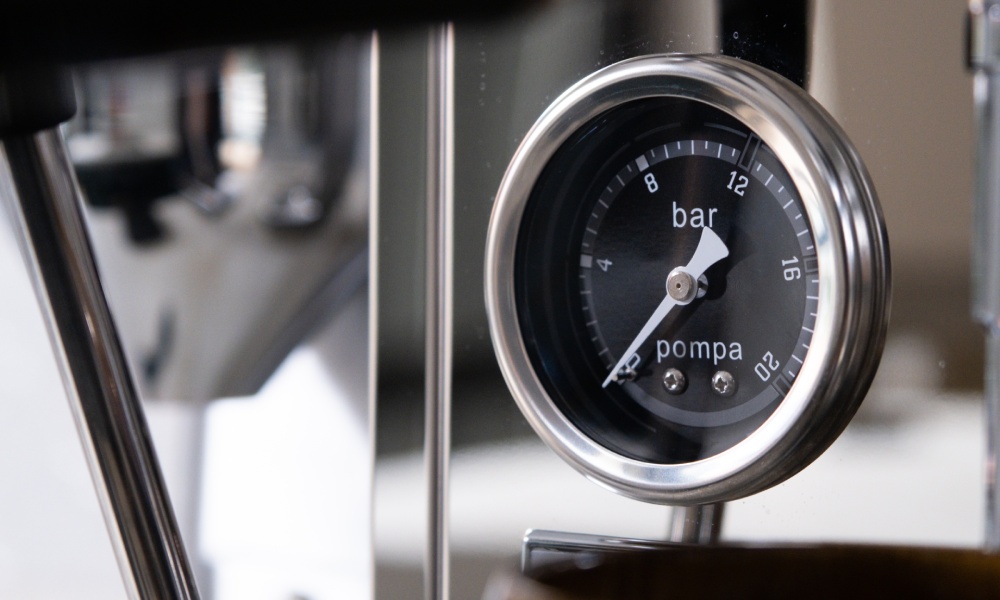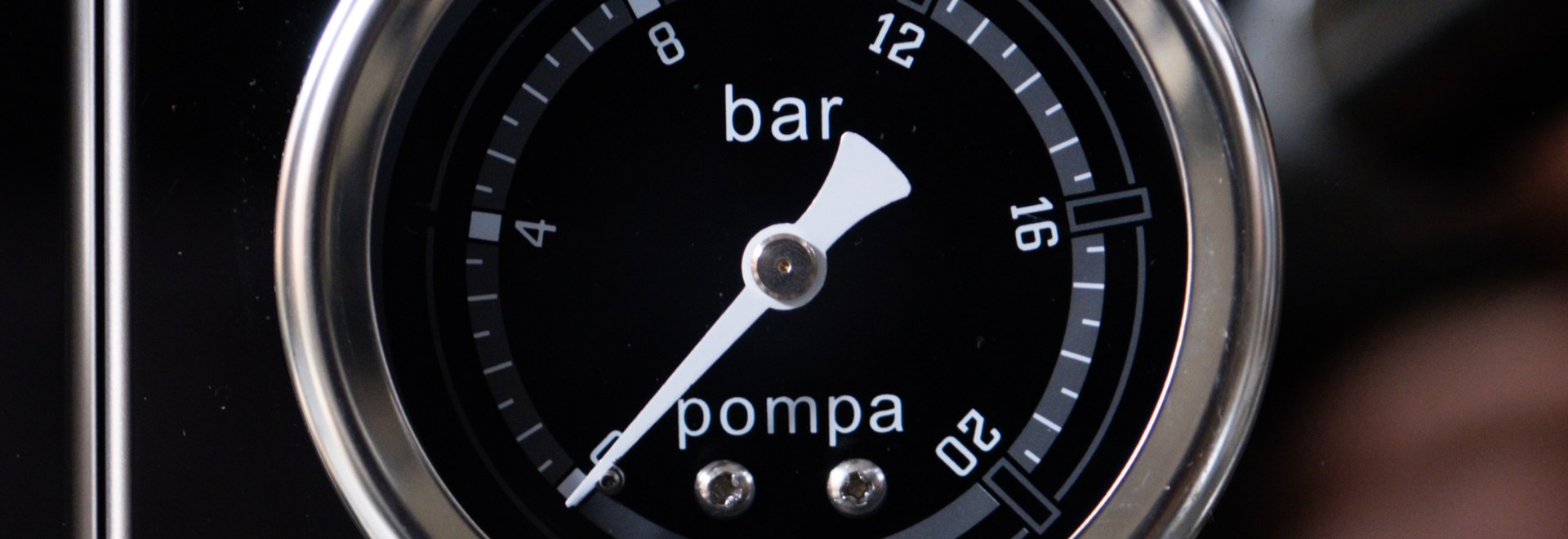How pressure profiling elevated the home barista experience
Tanya Nanetti speaks with 2022 Italian Barista Champion, Matteo Pavoni, about how pressure profiling has changed the game for home baristas.
Pressure profiling was once the preserve of restaurants and coffee shops.
Defined as the modification of pressure during shot extraction, it required a hi-tech espresso machine that could operate beyond the typical “nine bars” of pressure found in most home setups.
In recent years, however, the innovation of modern-day espresso machine manufacturers has helped bring pressure profiling into the homes of consumers around the world.
“Pressure profiling is a brewing variable that was once standard and unchangeable in espresso extraction, but is now something that is offered by almost all new espresso machines,” explains Matteo Pavoni, who owns Peacocks Coffee in Milan.
“In modern times, espresso used to be brewed with a standard and constant pressure of nine bars. With pressure profiling, on the other hand, baristas can decide at what pressure the water extracts the coffee during a shot.”
Together with the flow profile – which allows baristas to control how much water passes through the coffee puck per second – pressure profiling can have a considerable influence on the quality of espresso extraction. As such, learning how to adjust it can lead the way to a superior cup of coffee.

Why does pressure matter?
When it comes to extracting coffee, it is virtually impossible to adopt a “one-size-fits-all” approach. Each coffee will require a different grind size, water temperature, and even brewing method to unlock its full potential.
Pressure is no different. A particular pressure that works well for a washed process Ethiopian Yirgacheffe grown at 2,100 masl will likely need adjusting for a natural Colombian Gesha grown at 1,900 masl, for example.
While nine bars of pressure is a happy medium for most coffees, the ability to modify pressure during extraction can help significantly elevate the cup profile.
“Pressure is what creates crema during espresso extraction, while it also has an impact on extraction percentage,” Matteo explains.
“Nine bars of pressure seem to work very well with most coffees – but different blends, origin, varietals, processing methods and, most importantly, different styles of espresso extraction, can benefit from a slightly different pressure.
“For example, I’ve worked with medium-light roasts that were really well balanced when brewed with between six and eight bars of pressure.”
The reason different pressures are important is because of the way they affect extraction. High pressure tends to lead to quicker extraction, which, in turn, brings out different qualities in the cup than if the coffee was extracted with lower pressures.
For example, a dark-roasted coffee is likely to have more soluble compounds than a light-roasted coffee. As such, it would require a higher pressure to ensure the coffee wasn’t over-extracted, which would result in a bitter, hollow cup profile.
While it can be difficult to determine exactly what pressure to apply to each coffee, the key is to play around until you find something that works.
“Most coffees seem to benefit from a lower initial pressure for four or five seconds to then increase up to nine bars throughout the duration of the shot,” Matteo says. “Other interesting profiles are those that allow a very long pre-infusion with a very low pressure for almost a minute, which then rises.”

Using pressure profiling on home espresso machines
For home baristas, pressure profiling is still a relatively new concept. Before the introduction of espresso machines, such as the Bellezza Vittoria, most home setups were limited to nine bars of pressure.
However, with Bellezza’s innovative technology you can control the pressure profile using a smartphone, making it easier than ever to change pressure according to the coffee. This allows consumers to recreate café-quality coffee from the comfort of their homes.
That said, having the capability to adjust pressure profiles does not automatically result in better coffee. It’s important for home baristas to understand how they can use it to effectively highlight the inherent qualities of the coffee.
For Matteo, the best way to do this is to run a series of experiments on each coffee to determine what works best.
“The best advice I can give to home baristas is to experiment by trying to change one variable at a time,” Matteo says. “If you have an espresso machine that allows you to do so, try to keep the grind size, dose, and yield constant, and only change the pressure applied during the shot.
“Comparing the very simple extraction of nine bars versus ten bars, for instance, is fascinating. Taste tests are always the best thing to do in my opinion.”
Former UK barista champion Maxwell Colonna-Dashwood provides a good example of how this can be effective. In 2015, he carried out a number of experiments in which he played around with variables with the aim of pulling a clean 15g espresso shot that displayed intense complexity and sweetness.
Although he found that adjusting variables such as water temperature and grind size made a difference, he claims the “real success” came when he dropped the pressure to six bars.
This highlights how only through trial and error can home baristas find the perfect pressure profile for their coffee.
“You just need to experiment and see what changes in the cup quality,” Matteo says. “At the end of the day, you might find that you are not making a better or worse espresso, but simply something different.”








